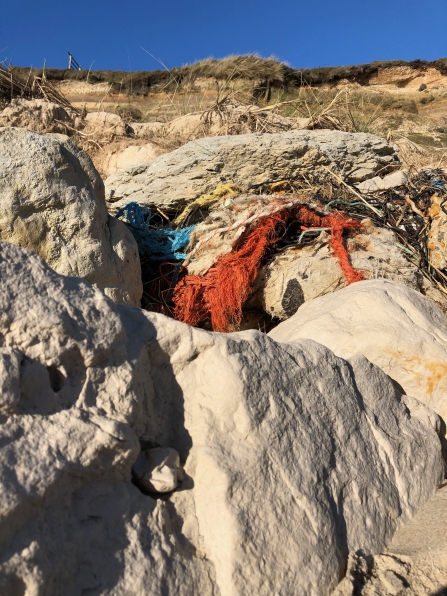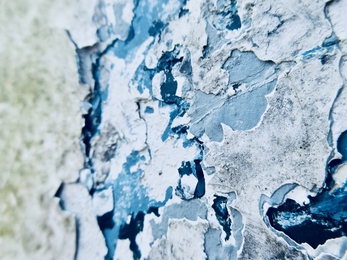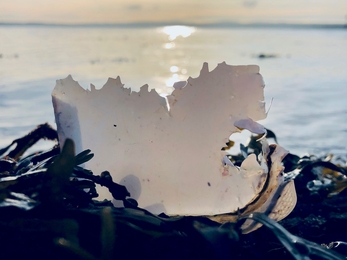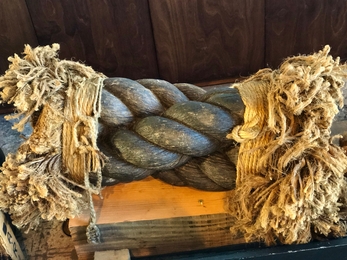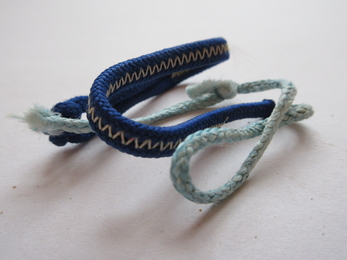Like many local people I am a migrant: originally from North West London, I ‘discovered’ the New Forest and the Solent in my twenties through visiting friends who lived in the area. My weekend visits were mostly spent on the beach or on the water. What a fabulous place to live, I thought!
Being a keen windsurfer, the extensive choice of locations to engage in this from, in virtually any wind direction, was a huge attraction. I grabbed at a work opportunity that moved me down here and my first residence, albeit temporary, was at Lepe Beach. I used to rig my windsurfer in the front garden - heaven! I am sure many of you will have had a similar experience and made your homes in the area.
The Solent is the second busiest waterway in the world, with commercial boats, cruise liners, ferries, container ships, and oil tankers all transporting their cargoes. These are working vessels, like the fishing boats and trawlers who either fish the local waters or pass through. But what about those who, like me with my windsurfer, use the Solent for leisure?


